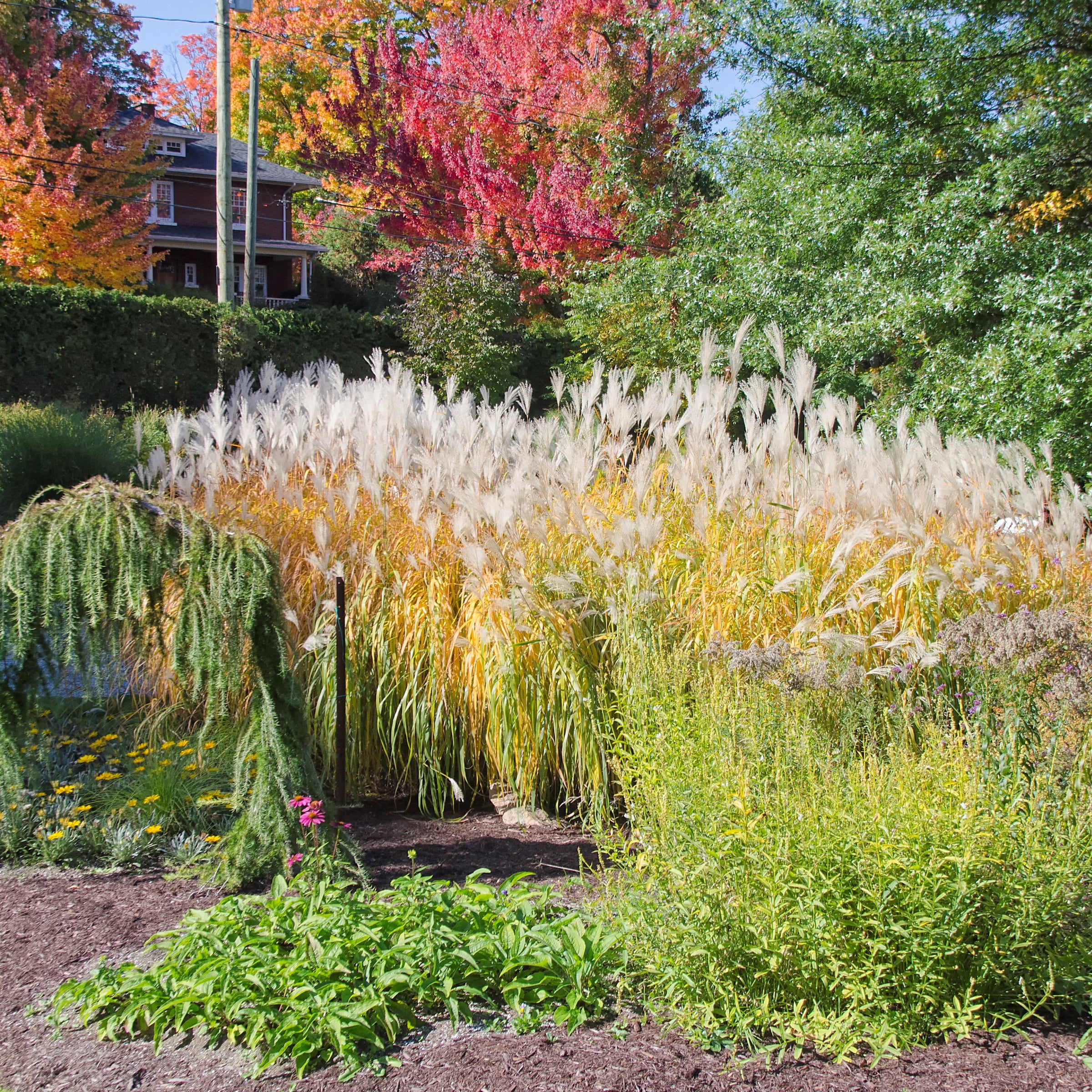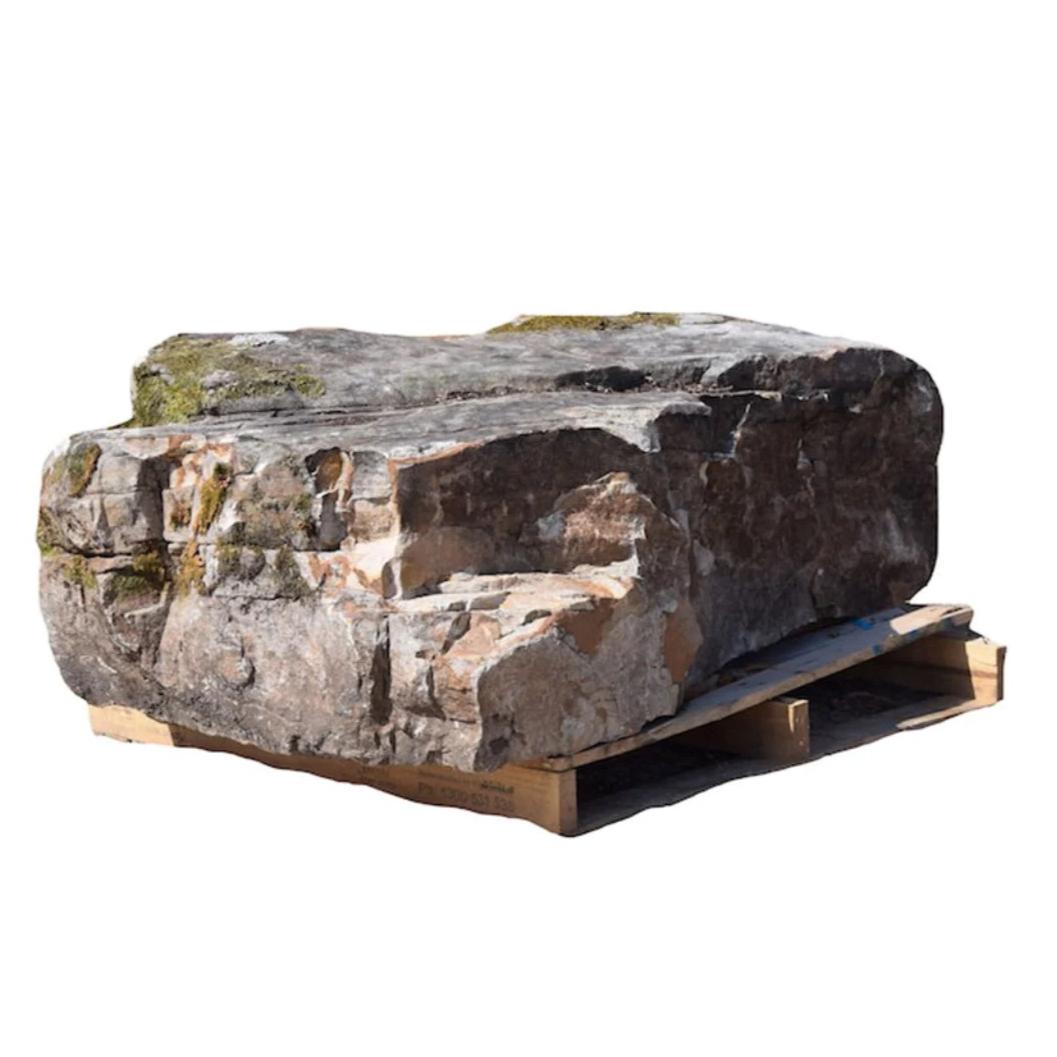
Ornamental Grasses for Georgia Gardens: Supporting Native Pollinators with Style
Ornamental grasses bring beauty, movement, and texture to landscapes while providing critical support for Georgia’s native pollinators. With their flowing plumes and graceful forms, these grasses are not only stunning but also offer habitat and food sources for bees, butterflies, and beneficial insects. Here, we’ll explore the best ornamental grasses for Georgia gardens that are both pollinator-friendly and suited to our southern climate.
Why Ornamental Grasses for Pollinators?
Ornamental grasses contribute much more than aesthetic appeal. By incorporating them into your garden, you’re creating a habitat that supports native pollinators in several ways:
Nesting Sites: Grasses with dense foliage offer nesting and shelter for pollinators and beneficial insects.
Pollen and Nectar: Certain grasses produce pollen, attracting a range of pollinators. Additionally, grasses create shelter for flowering plants that are rich in nectar.
Winter Interest: Leaving grasses uncut through winter provides food and habitat for insects and birds, supporting the ecosystem year-round.
Top Ornamental Grasses for Georgia’s Pollinator-Friendly Gardens
- About: Little Bluestem is a native warm-season grass with vibrant blue-green stems that turn copper-orange in fall. It provides excellent cover for insects and seeds for birds during winter.
- Pollinator Perks: A fantastic choice for native bees and butterflies, Little Bluestem offers a home for caterpillars and creates a lush habitat for beneficial insects.
- Care: Thrives in full sun and well-drained soils, tolerating drought and poor soil once established.
- About: Known for its airy, pink-purple blooms, Purple Lovegrass adds a soft, romantic texture to garden beds. It forms low mounds and produces beautiful seed heads that attract pollinators.
- Pollinator Perks: This grass not only appeals to native bees but also acts as ground cover, supporting soil health and providing a habitat for ground-nesting bees.
- Care: Prefers full sun and well-drained soil, tolerates drought, and is low-maintenance.
- About: Switchgrass is a tall, native prairie grass with feathery blooms that bring elegance to any garden. Its dense growth attracts pollinators and provides shelter for birds.
- Pollinator Perks: Supports a wide variety of pollinators and is particularly valuable for birds who eat its seeds in late fall.
- Care: Adaptable to different soil types, including clay, and grows best in full sun. Tolerates drought and is highly resilient.
- About: This native grass has unique, oat-like seed spikes that dangle along one side of the stem, adding an interesting texture to landscapes.
- Pollinator Perks: Excellent for native bees, butterflies, and moths, Sideoats Grama creates a micro-habitat for pollinator larvae and beneficial insects.
- Care: Prefers full sun and tolerates a range of soils. Drought-tolerant and very low-maintenance.
- About: Also known as Sea Oats, this grass features unique flat seed heads that resemble oats, adding texture and interest to shaded garden areas.
- Pollinator Perks: River Oats provide habitat and food for pollinators and birds, making it a valuable addition to any wildlife-friendly garden.
- Care: Thrives in part-shade to full shade and tolerates moist to dry soils. This grass spreads easily, so it’s great for naturalized areas.
- About: Indian Grass has golden, feathery plumes that rise above tall stems, creating a prairie-inspired look. It provides a striking vertical element in the garden.
- Pollinator Perks: Loved by native bees and butterflies, this grass also acts as a larval host plant for certain butterfly species.
- Care: Prefers full sun and well-drained soil. Drought-tolerant once established and requires minimal upkeep.
Designing a Pollinator-Friendly Grass Garden
When incorporating these grasses into your landscape, keep these tips in mind:
- Create Layers: Mix different heights and textures for visual interest. Tall grasses like Switchgrass can be placed at the back of a border, with shorter grasses like Purple Lovegrass at the front.
- Add Pollinator Perennials: Surround grasses with native flowering perennials, like Black-Eyed Susan, Coneflower, or Bee Balm, to attract pollinators throughout the growing season.
- Leave Grasses Through Winter: Avoid cutting back grasses until spring to provide food and shelter for insects and birds during the colder months.
Planting for Success with ServeScape
At ServeScape, we offer a variety of ornamental grasses ideal for Georgia’s climate and native wildlife. Our selection supports both your landscape’s beauty and its ecosystem, so you can create a thriving, pollinator-friendly garden with ease.
Visit our Ornamental Grass Collection to explore these grasses and more, and bring the beauty of sustainable gardening into your landscape!
By choosing native ornamental grasses, you’re adding elegance to your garden while supporting pollinators who play a crucial role in Georgia’s environment.


















































